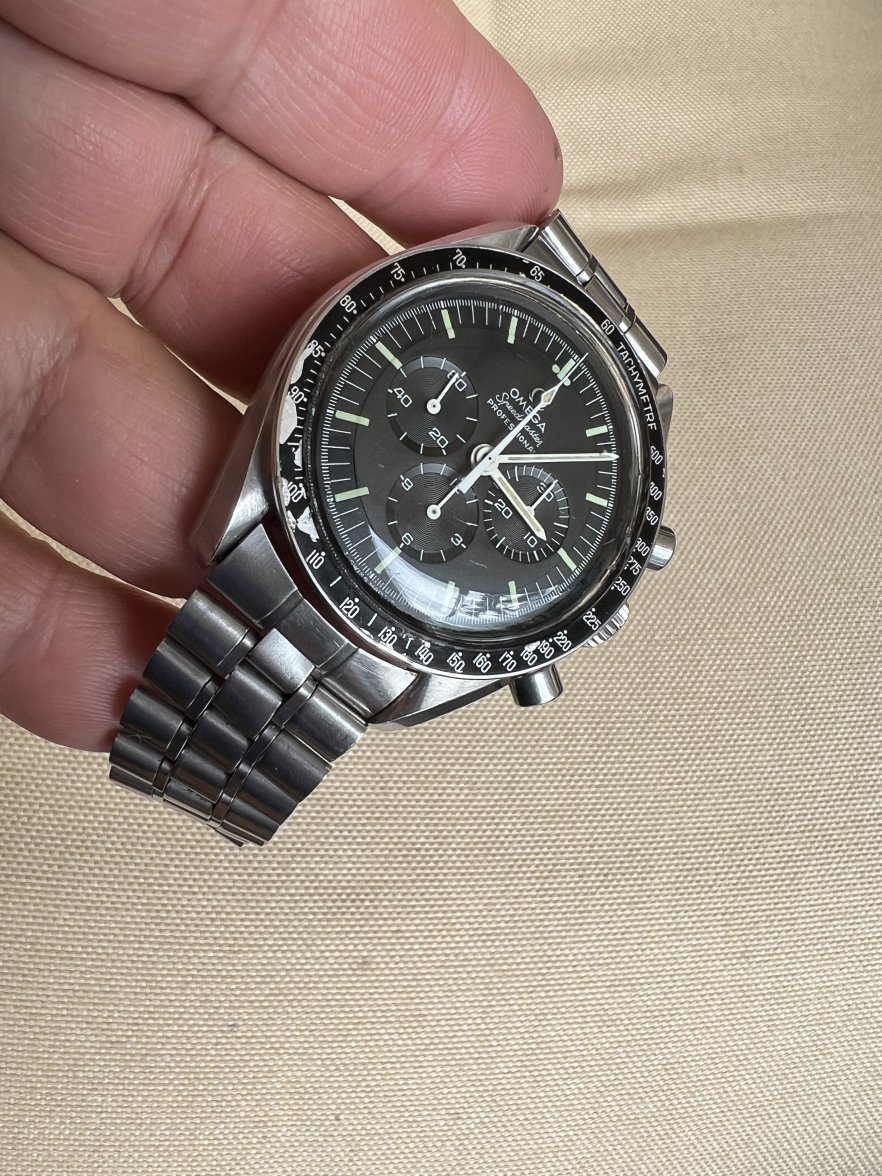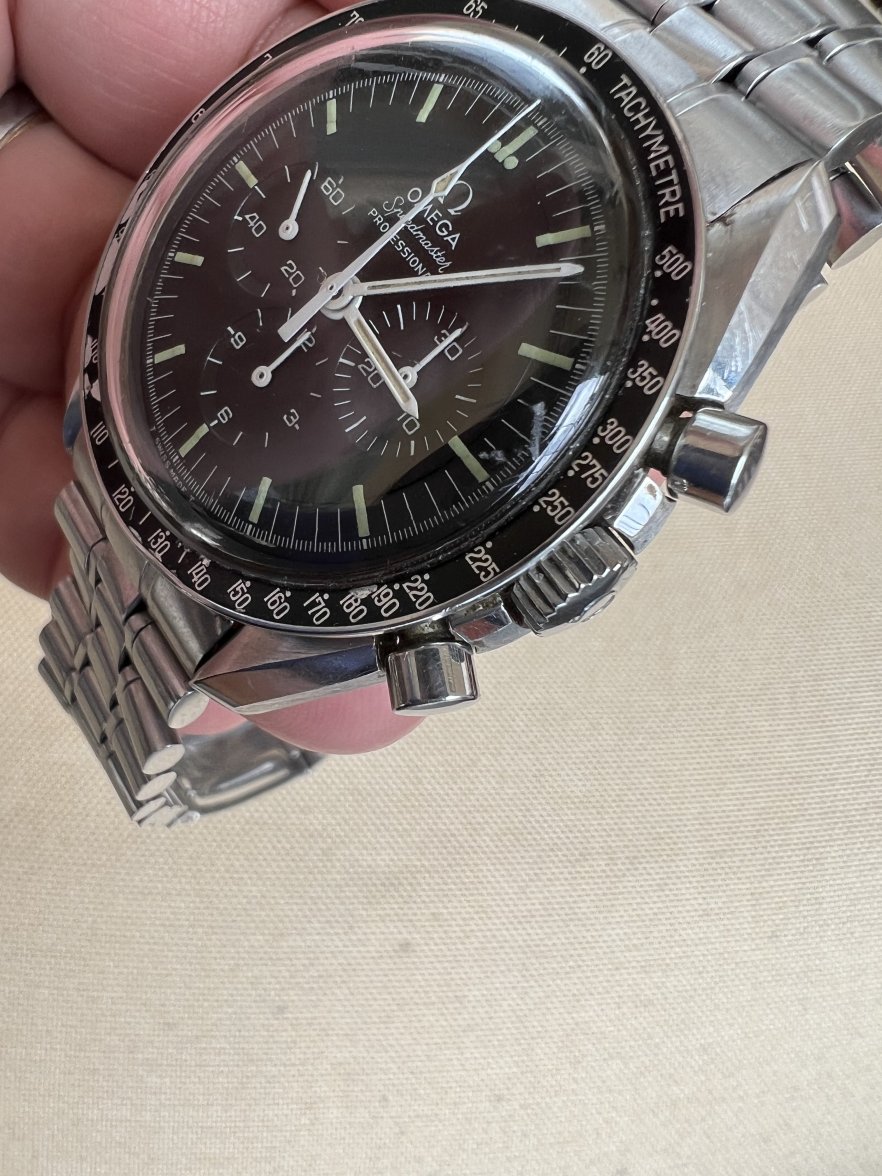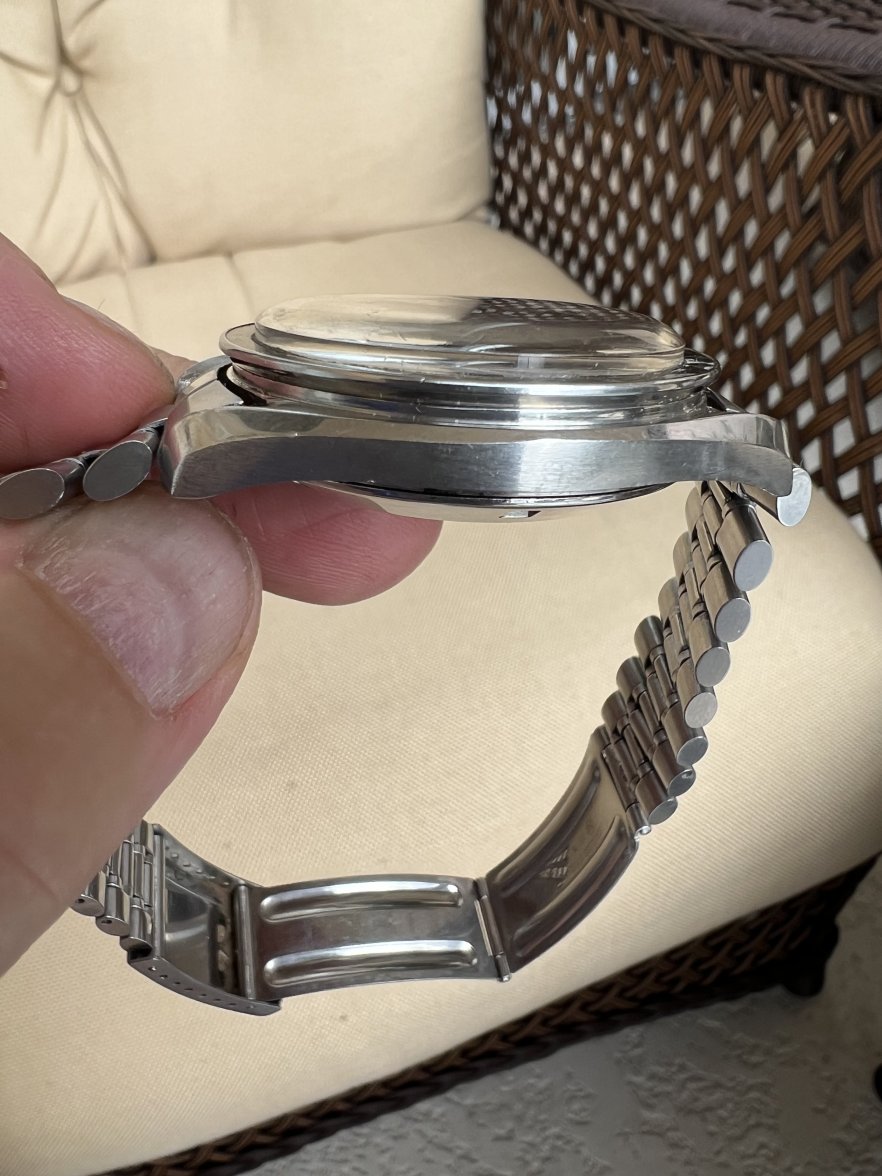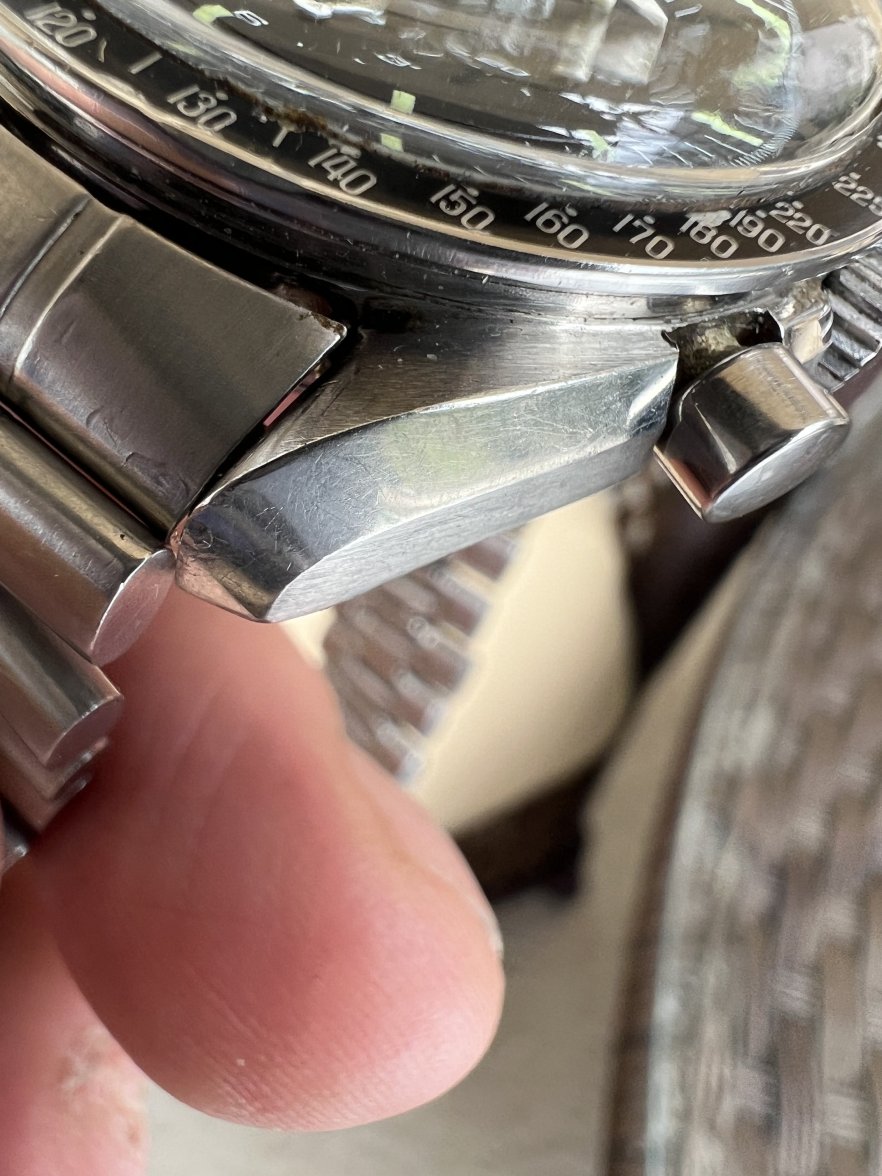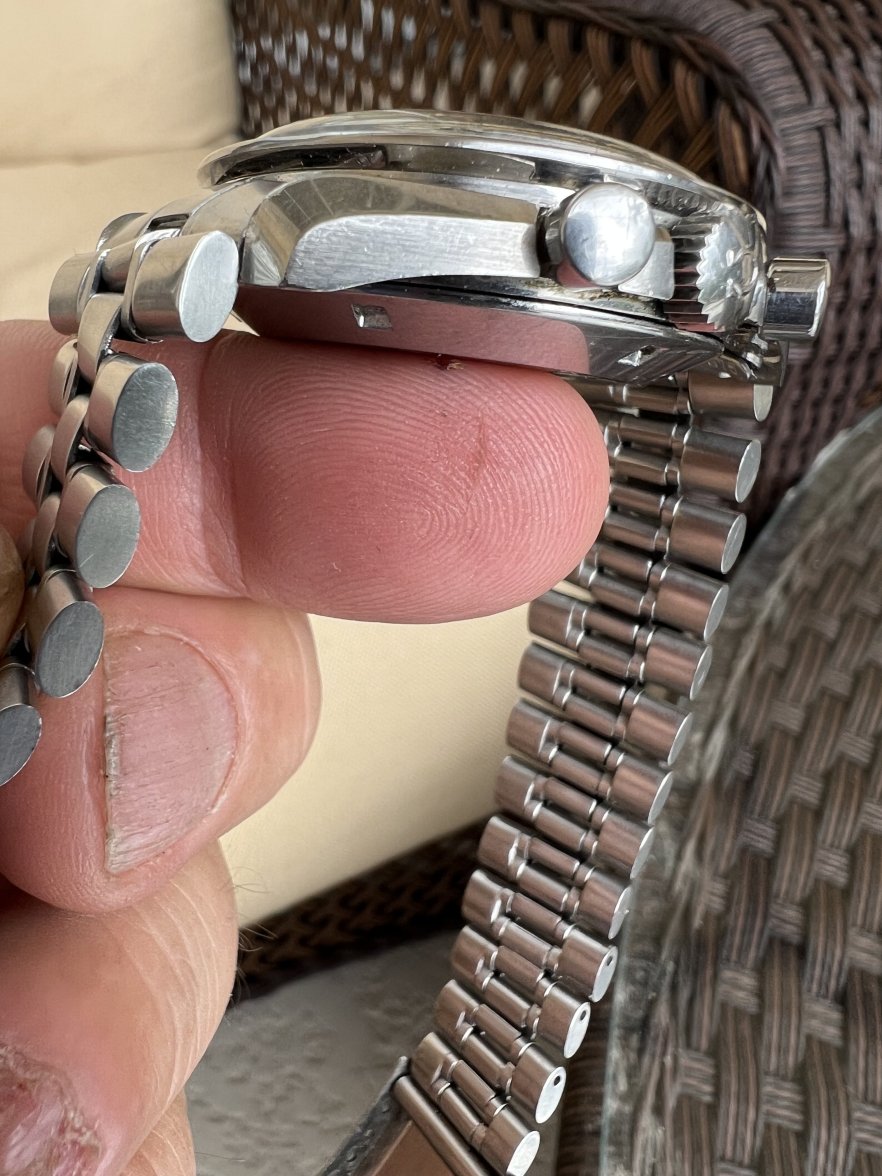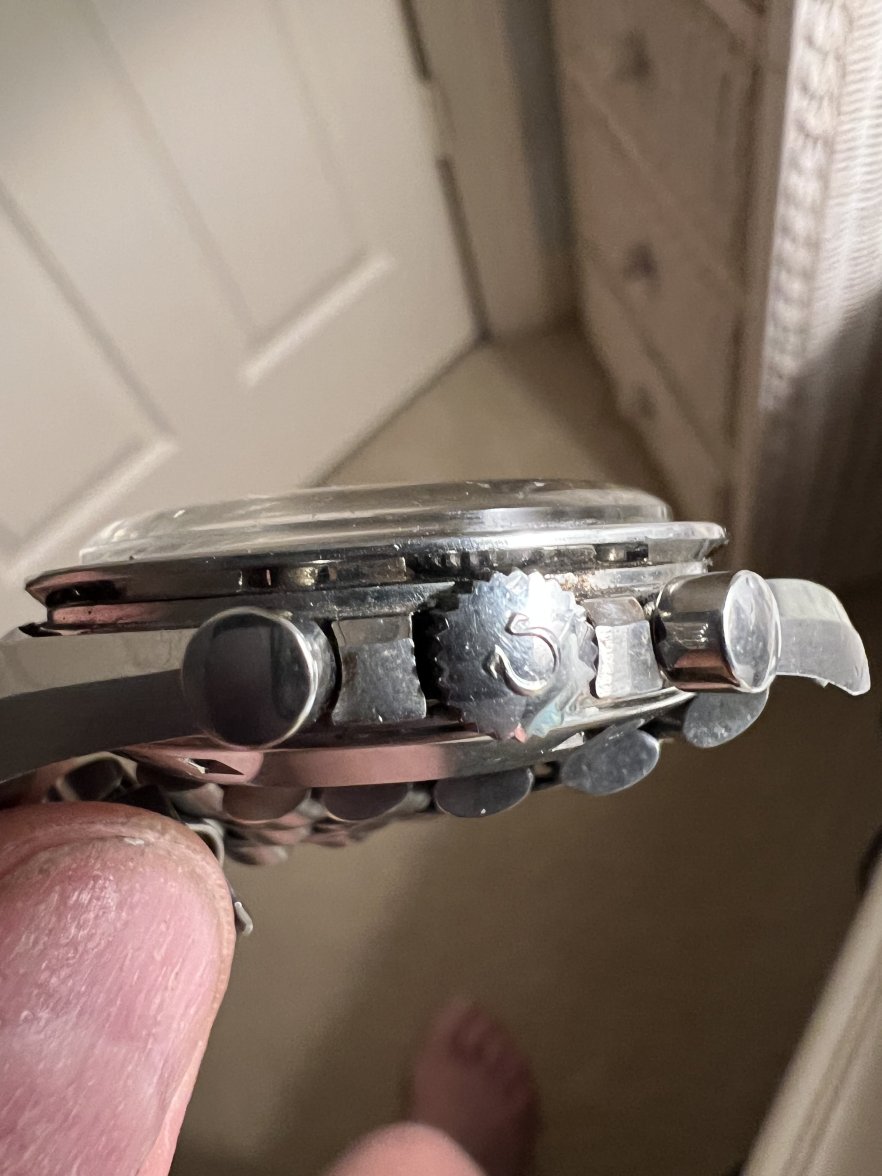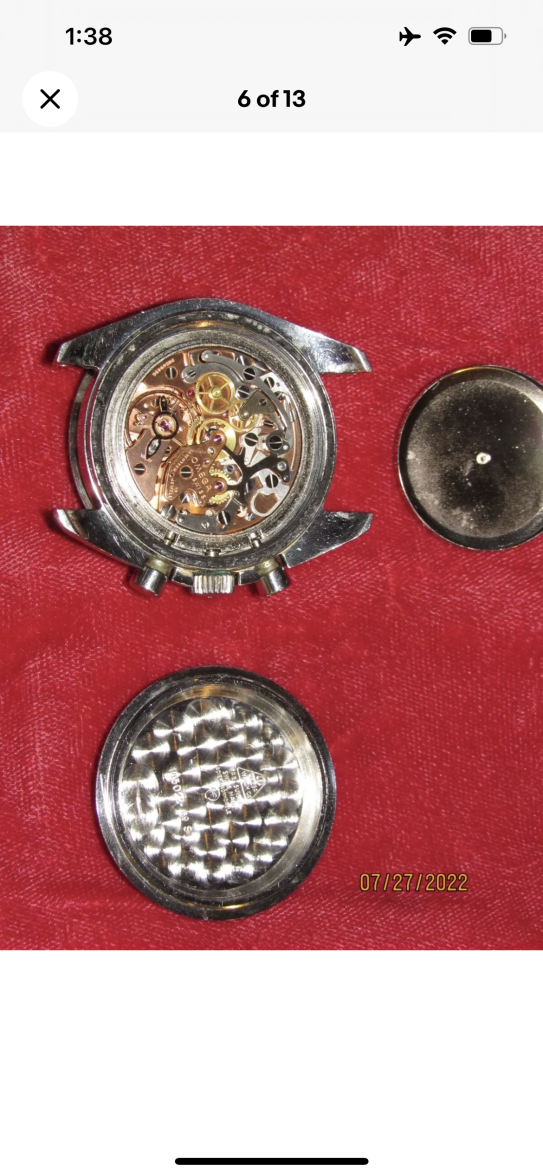Any repair in which a replacement part cannot be located, or if the cost of the subsequent repair greatly exceeds the "routine" maintenance.
If you have never had or seen this happen, you are incredibly fortunate. I see watches that lack of regular servicing causes problems all the time. How much of a problem varies of course, and it can be minor certainly, but it can also be very bad...a watch that is flooded and rusted into a solid mass because it leaked in the ocean:


It required a completely new movement...

If this had been a valuable vintage watch, well the cost would have been even higher. This is a $1,400 movement.
But more along the lines of what the OP has, here's a 1978 Speedmaster that "just" had a leak in the crown...
There is extensive rust damage, requiring many new parts, and a lot of additional labour.
For wear, well that can be easy, or it can be difficult - it really depends on how available parts are for vintage watches. It may also depend on what your standards are for performance. If you don't care about specific things, or your watchmaker doesn't inform you of them, they might be irrelevant to you but still be there. For example wear on the ends of the balance staff from lack of servicing is common. This can sometime be corrected by burnishing the pivot on a Jacot:

To take it from this, where the end has flattened from wear:

To this, where the pivot is properly rounded:

You would only know this is you have positional information from your watchmaker (or had your own timing machine) to see that the balance amplitudes or timing were different dial up and dial down. But if the staff is really worn, then it requires replacement - some staffs are very difficult to find, and when you do, they aren't cheap. Most watch companies don;t sell staff anymore -= I recently bought out the entire supply from one material house of Omega 861 staffs. I also bought some generic staffs for the caliber, but they are not good enough quality to use. One could have a staff made but that would likely cost more than a complete standard service.
If neither of those are options, then a new balance complete would be needed - these can be $500+
If you don't see any value in doing maintenance, so be it. Not here to change your mind, but really just pointing out that shit does happen, and sometimes it's bad.

